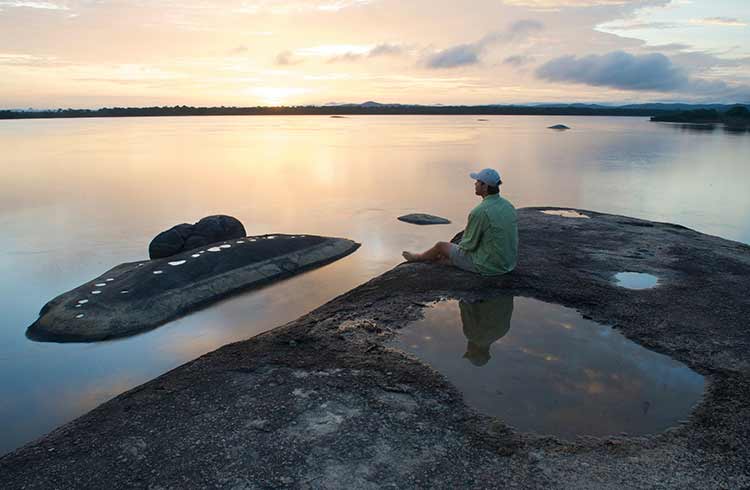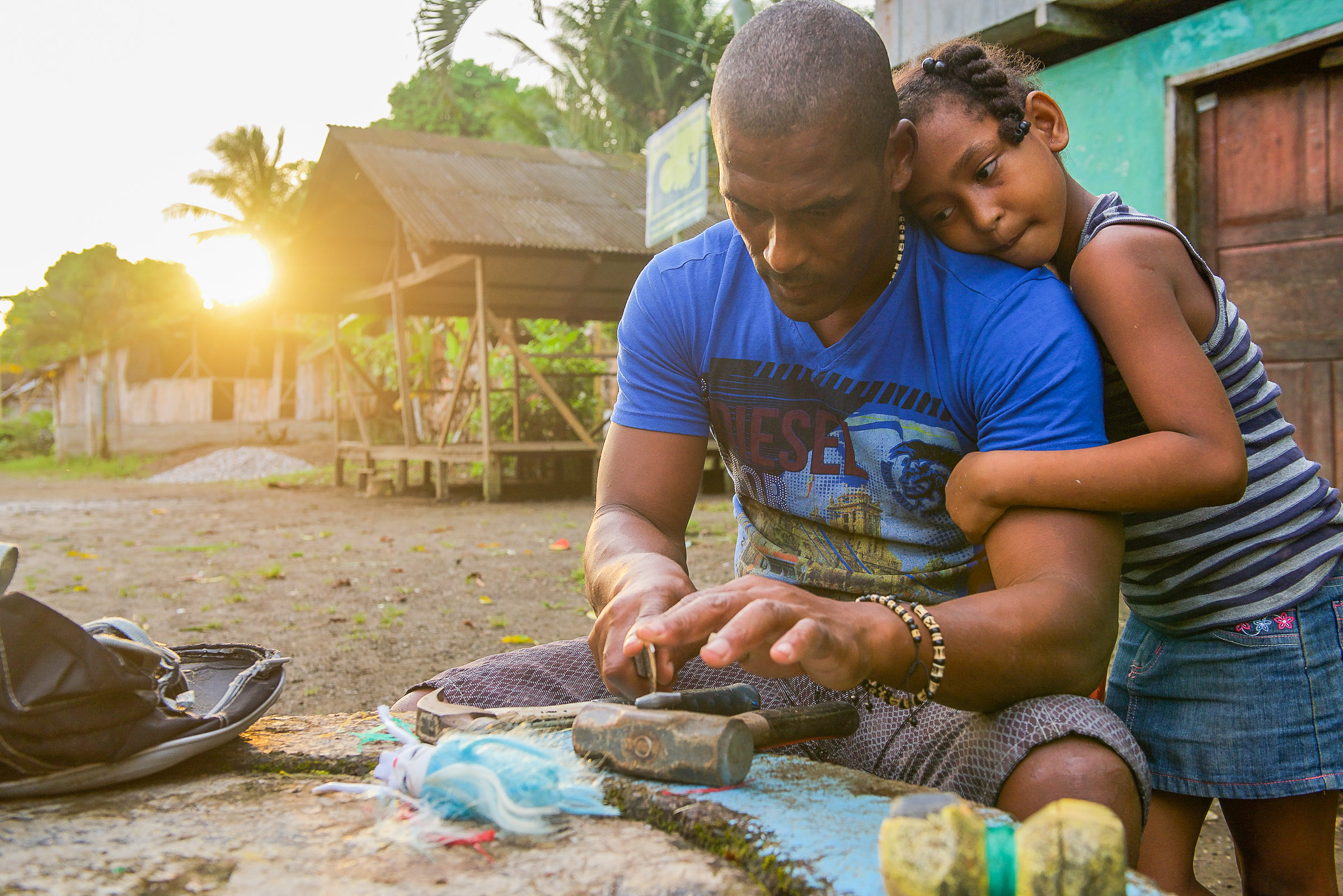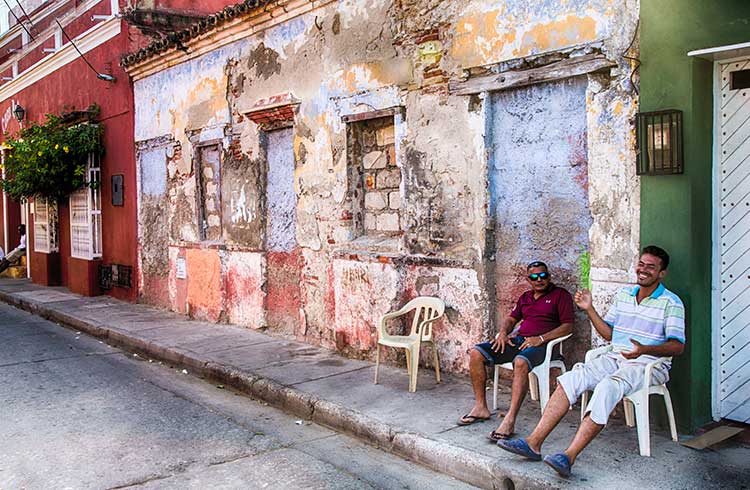Essential Visa Information for Travelers to Colombia
Whether it be for travel, work, study or business, Erin Donaldson reveals what you need to know about visas for Colombia.
 Photo © Gregg Bleakney
Photo © Gregg Bleakney
- Tourism Visas
- Work Visas & Student Visas
- Business Visas
- Artist & Sport Visas
- Missionary Visas
- Residency Visas
- Vaccinations Before You Go
- A Few Tips
Tourism visas
For most people, tourism to Colombia is seamless. At the immigration desk, they’ll stamp your passport and send you on your way. If you're a Canadian resident, you will need to pay a fee.
Maximum stay for tourism is 180 days, once per calendar year. For example, if you arrive in July and leave 180 days later, as of January 1st of the new year, you can re-enter.
Work visas & student visas
One of the most common visas in Colombia is the work visa and study visa.
Colombia’s working visa is one of the easiest to obtain in Latin America. The most common form of foreign employment is teaching English, but this can apply for many other disciplines too. The process is pretty straightforward. The most common method is to enter the country on tourism, find a job, and then make the border run to switch it over.
Business visas
This one is probably the hardest to get, and almost pointless to apply for unless you are planning something large-scale that will employ Colombians.
There are two categories:
1. Someone who wants to start a business.
2. Someone who represents a large corporation and is opening up a new branch, investing in the economy, or launching a product in Colombia.
These visas are very expensive, and have very strict requirements. Ask a visa agent or lawyer, because this one is commonly denied for lack of investment funds, regular earnings, or paperwork.
Artist & sport visas
It's not uncommon to find “buskers” or traveling musicians in Colombia from other countries. And, they have a special visa for people who play music, practice an art, or even play a sport. Typically, these visas can be approved for up to 2 years.
Missionary visas
If you are religious, or part of a known and recognized religion in Colombia, you can be granted a visa for proselyting. Check with your religious institution for programs in Colombia that you can participate in.
Residency visas
Tricky, but doable. There are several approaches.
1. For the retiree (TP-7), if your monthly pension is equal to, or more than, three times the Colombian minimum wage, consider yourself in the club for one year. Don’t forget to get your Social Security paperwork translated and apostilled prior to departure.
2. If you're the father or mother of a Colombian child, you can also obtain a residency visa with the benefit of a five-year stay, plus you can upgrade to Colombian citizenship after two years, instead of five.
3. If you aren’t retired, and have no Colombian child, there is one more option… if you have $50,000+ USD in the bank.
Vaccinations before you go
You might want to get a vaccine for yellow fever. However, nobody has ever been asked for a proof-of-vaccine when entering the country. Plus, most developed areas of the country no longer have any yellow fever issues.
If you're going to Amazonas or parts of Choco, it might be wise to plan ahead, as the airports may ask for your verification upon arrival.
A few tips
- If you can speak and read Spanish fluently, processing your own paperwork might be for you. Don’t hesitate to ask for assistance from an agent or immigration lawyer.
- Some visas like the “Civil Union” visa can be much harder to get if you cannot show two years of being together. After 2 years, Civil Unions are automatically converted to full marriage unions.
- Overstaying visas can and does happen, but for each additional day in the country, you will have to pay a fine. Failure to pay could prevent you from being able to leave.
Related articles
Simple and flexible travel insurance
You can buy at home or while traveling, and claim online from anywhere in the world. With 150+ adventure activities covered and 24/7 emergency assistance.
Get a quote

No Comments